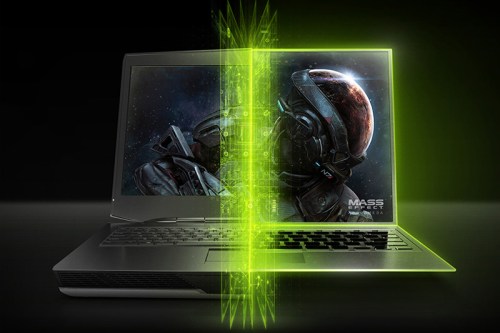
Spotted by NotebookCheck in the latest Nvidia driver release for Linux platforms, the GTX 1050 and 1050 Ti Max-Q chips are expected to sit somewhere just beneath the standard GTX 1050 and 1050 Ti cards in terms of performance, offering improved efficiency and thermal controls. If the speculation is correct, the idea would be to integrate such chips into lightweight laptops.
Although that kind of talk is all conjecture, the educated guesses at clock speeds by the likes of VideoCardz suggest that these new 10-series graphics processors (GPU) could have a purpose beyond expanding the existing range of Nvidia chips. Their speculated performance would put them around about the power of the recently announced Kaby Lake G series with AMD graphics on board. These new Max-Q GPUs could be Nvidia’s attempt to counter the new strategy from the chip giants.
How effective a strategy that will be, though, remains to be seen. We still don’t know what the real-world performance of the new Kaby Lake G chips will be like, as the close proximity of the CPU and GPU and the pairing with second-generation high bandwidth memory (HBM2) could give it a unique performance profile. Nvidia’s more typical graphics chip design could end up more powerful in some scenarios and less so in others.
Nvidia has yet to make any sort of official announcement of the GTX 1050 and 1050 Ti Max-Q cards, so we have no idea when we can expect them to see the light of day. However, with them starting to receive official, certified driver support, we would be surprised if they didn’t appear, at least in a reference design, some time in the next few months.
Editors' Recommendations
- Nice try, Intel, but AMD 3D V-Cache chips still win
- Intel’s next CPU just leaked, and it could beat AMD’s best
- 5 ways Nvidia graphics cards still beat AMD
- This AMD GPU could have destroyed Nvidia, but we might never see it
- AMD’s next GPU just leaked, and it could give Nvidia trouble